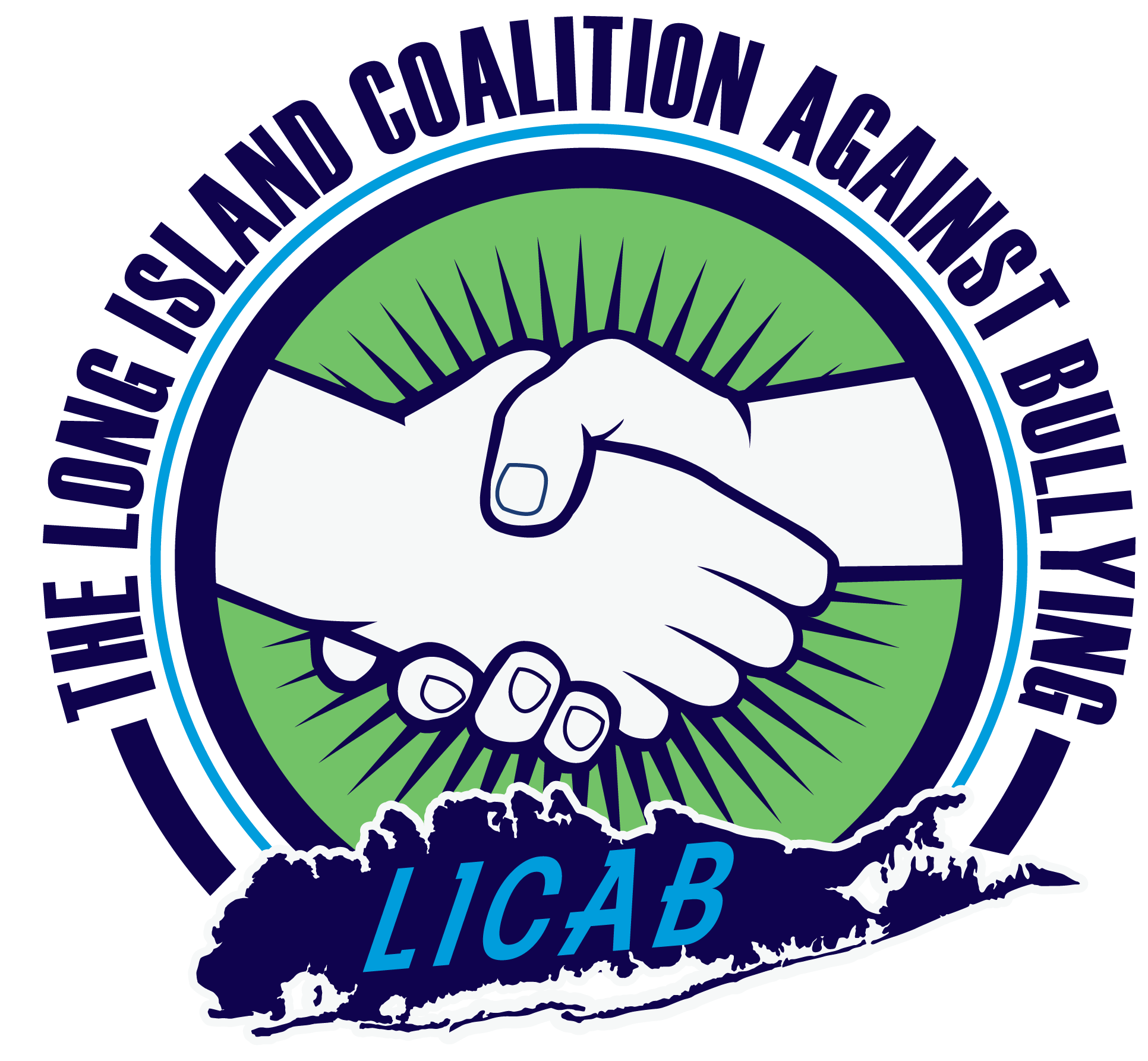Joe Salamone
Long Island Coalition Against Bullying (LICAB)
NRH: Jonathan, we are so excited to welcome you and LICAB to the Nonprofit Resource Hub and our growing community! We all want to get to know about you and your organization. Let’s start off by having you tell us a little bit more about LICAB and its mission?
JS: The Long Island Coalition Against Bullying was founded in 2013 and is dedicated to emphasizing the importance of bully-free communities on Long Island through education, increased awareness, and therapeutic outlets. We seek to fulfill that mission by making sure that all of our programming and initiatives answer one of three vital questions related to bullying:
- How do we find kids and families who are struggling with bullying?
- How do we help them?
- How do we prevent future instances of bullying from happening?
Those three questions really help keep the focus on the key areas of importance so that we can make sure that we maximize our impacts across the Long Island community.
NRH: Now, can you tell us about yourself? How and why did you choose this organization to work with?
JS: I founded the organization and I did so based on my own experiences with adolescent bullying that were at their worst in my middle school years, lasted until my senior year in high school, and almost caused me to take my own life in the 9th grade.
However, it was witnessing an individual with special needs being openly mocked and harassed in a local hospital that served as the catalytic event to take my interest in nonprofits and start my own.
NRH: Tell us what your goals are for your organization this coming year?
JS: This year we are particularly focused on expanding our various committees like our Youth Board and our internship program to engage youth more directly in our efforts as well as getting other strategic advisory groups up and running. We are also looking to launch a social-emotional learning conference for schools this coming summer.
NRH: Tell us about one success story you are really proud of.
JS: I am so proud to say that we have helped so many children, families and schools deal with what at the time appeared to them as the worst thing they have ever had to deal with – and that is just in thinking about the success stories that we had a direct role in and not any of the ones that we might have played a role in without knowing. So it is so difficult to pick just one. From the pictures and letters, we receive from kids who received one of our Smile Packages, to the parents overwhelmed with emotion when we are able to connect them to a therapist AND help them pay for it – it is impossible to pick just one story.
However. If I had to pick one of my favorite moments over the last 9 years, I would say was working with a unique group of teens – all who struggled with bullying in one form of another and who eventually found themselves filled with enough bravery and courage to tell their stories that they were featured on an episode of The Long Island Medium – definitely is at the top of the list.
NRH: What do you find to be the biggest challenge to working in the nonprofit industry (or with your organization in particular) since the start of the pandemic?
JS: Ironically, at our board meeting in December of 2019, one of my declared focuses for 2020 was to begin to break our dependence on the ‘in-person/live’ event for fundraising. Of course, I had no idea what was lurking around the corner just a few months away that would FORCE us to break our dependency on those events. However, I think we still have a lot of learning to do as far as diversifying our income in a post-pandemic world. While we are thankful for finally moving in a strong direction towards a return to normalcy – it is important, at least from my perspective – that we not fall back into the same traps but actually learn from the lessons of the last two years.
NRH: Aside from increasing awareness and donations, what is one area of your business you would love assistance with?
JS: Expanding our partnerships with school districts across the island – both private and public. A strong, symbiotic relationship between LICAB and schools is essential to providing resources to kids and families; while also assisting schools’ efforts to bring positive outcomes to bullying situations beyond where their legal limitations may exist.
NRH: What program initiatives do you have scheduled for this coming year and how can the NRH community get involved to support you?
JS: We are going to be hosting several community events via zoom meant to educate the community on various issues related to bullying and we would love the NRH’s support in gaining more exposure for them once they are announced. We of course are hosting our staple fundraising events of the year – our Golf Outing on May 23, our Inaugural Boardwalk Benefit on August 4, and our 2nd Annual Family Fun 5K Run/Walk on October 8th. All of those go directly to funding our involvement with schools and our program resources within the community for kids and families in need.
NRH: What are you most looking forward to as a new Nonprofit Partner with the NRH?
JS: Working with so many knowledgeable and experienced individuals that are so willing and able to help support one another in their notable efforts to further their respective missions.
NRH: Is there anyone you would like to connect with that, perhaps, we could help make an introduction for you?
JS: We are always looking to meet with individuals in school leadership positions – especially central administration, building administration, or district social workers or guidance counselors in an effort to expand our school partnerships – so those types of introductions are always great.
However, I always take this opportunity to say that the greatest introduction anyone could make for us is to a family or child in need. The topic of bullying is never far away when you have children in your lives. Sons, daughters, nieces, nephews, grandchildren, kids of close friends – the relationship doesn’t matter. Bring up the discussion, talk about it at family parties. You would be surprised who you never knew dealt with it or is dealing with it – and the greatest tragedy for any nonprofit is to know someone out there was in need of their help and they didn’t know help was out there.
NRH: We encourage all of our Members and Partners to work on building our community and relationships within. How can we get in touch with you? What is your preferred method of communication?
JS: My direct email is JSalamone@licab.org and our office line is (516)777-7709. I am always willing to jump on a call, Zoom, or grab a bite!
NRH: Is there anything else you would like to share with the NRH community?
JS: The pandemic has created based on most national estimates a 70% increase in cyberbullying alone – which shouldn’t surprise anyone given the number of time kids have been spending on their devices. I cannot emphasize enough how important the work we are doing is as masks begin to come off and kids feel ridiculed for personal decisions and life begins to move forward where kids are not on top of each other again without most having dealt with the mental impacts the pandemic has caused them.


